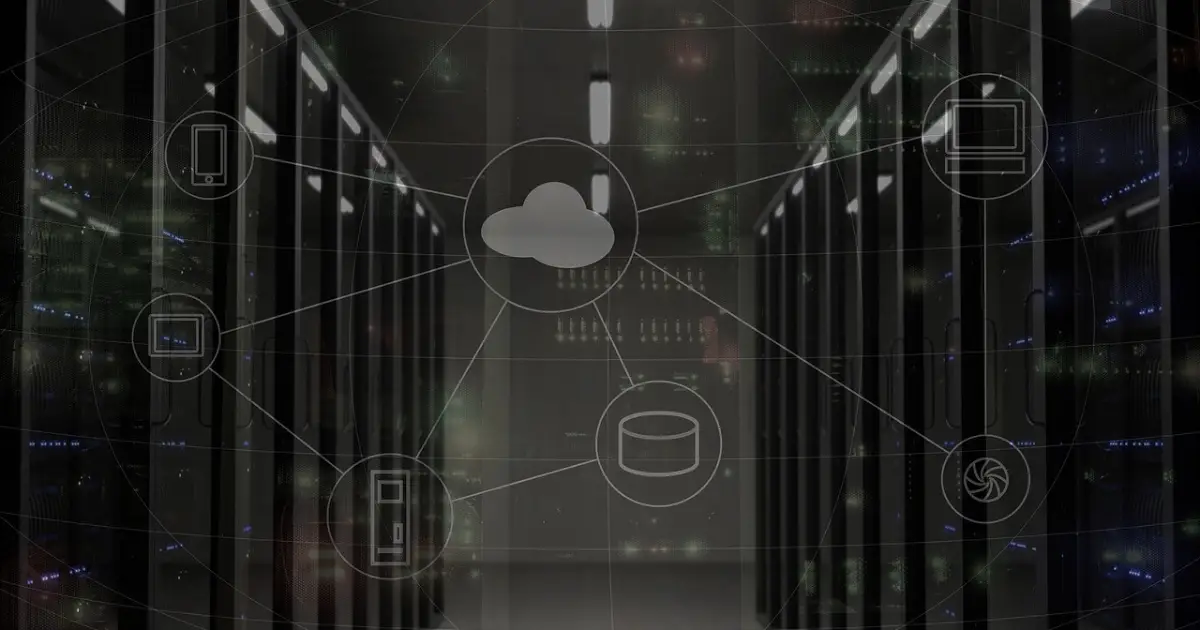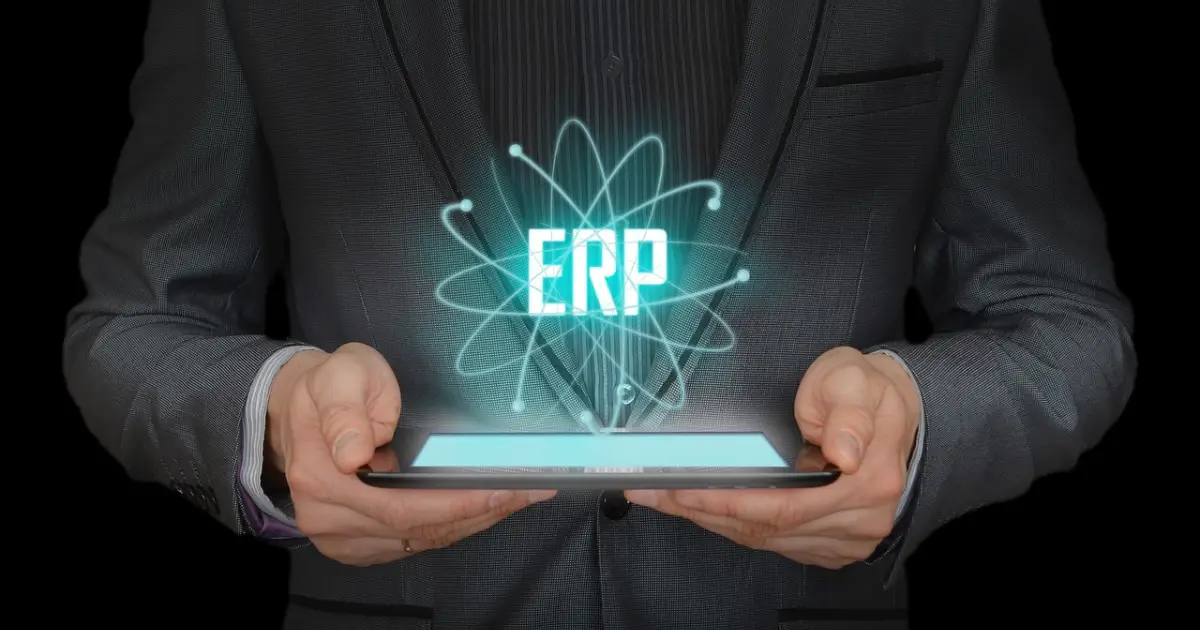focus notes


What is ERP? Explaining the differences from core systems, formats, benefits, and flow of implementation

table of contents
“What is ERP?”
"I want to implement ERP to centrally manage company information, but I don't know what to do."
Some of the people in charge of companies considering introducing ERP may have questions and concerns like these.First of all, ERP refers to a concept and system that collectively manages core information related to a company's management.By implementing ERP, you can share information quickly, which leads to quicker management decisions and more efficient operations.
ERP offers many benefits when used, but if you do not carefully consider the purpose of implementation and the work flow after implementation, you may not be able to utilize it effectively. Therefore, it is important to consider your company's issues and desired functions in advance.
Therefore, in this article, we will explain what ERP is, the types of ERP, the benefits of implementing it, the flow of implementation, and frequently asked questions about ERP. If you are having trouble implementing ERP, please refer to it.
What is ERP? Explaining the difference with core systems
ERP is a system that can centrally manage a company's core information. I will explain what exactly it is in the following two points.
- What is ERP? Easy-to-understand explanation of meaning and reading
- Difference between ERP and core system
What is ERP? Easy-to-understand explanation of meaning and reading
ERP is a concept, method, and system for centrally managing and effectively utilizing a company's resources.The reading is "E.R.P." It is an abbreviation of the official name "Enterprise Resource Planning," and in Japanese it means "Enterprise Resource Planning."
The following four things are mainly managed by ERP.
- human
- mono
- money
- information
These are essential for a company to continue stable management and further growth. The concept of ERP has been introduced by various companies for the purpose of proper management of resources across the company.
Specific examples of information managed by ERP systems include the following.
| Department example | Examples of information to manage |
|---|---|
Human resources/payroll management | Payroll calculation, attendance management, expense application, etc. |
Financial management | Credit/debt management/asset management, etc. |
Production control | Production planning, process control, quality control, etc. |
Inventory/purchasing management | Inventory management, purchasing planning, order management, etc. |
Sales management | Delivery, sales, estimates, etc. |
Traditionally, information was managed by each department, which meant that sharing information within the company took time and effort. With ERP, core information is managed in one system, making it easier to link and utilize information.
As an aside, ERP is also a concept derived from a production management method called Material Resource Planning (MRP). MRP is called ``Material Requirements Planning'' in Japanese, and is a method for efficiently managing inventory while balancing demand and supply. ERP is an approach that applies methods mainly used in the manufacturing industry to general corporate management.
Difference between ERP and core system
The difference between ERP and core systems is that the purpose of introduction and the scope of information to be managed are different.Specifically, it is as follows.
| kinds | the purpose | Scope of information managed |
|---|---|---|
ERP | Centralized management of core information related to management, quick management decisions, data sharing, etc. | Entire company |
core system | Department-specific information management and operational efficiency | Departmental |
The purpose of ERP is to centrally manage information for the entire company and provide powerful data linkage. Simply put, it's like optimizing the entire company. By centrally managing information and realizing real-time data linkage across departments, we are able to improve operational efficiency.
On the other hand, core systems aim to manage information specific to each department and improve the efficiency of each department's operations. This is an image of partial optimization. It is a system to support the operations of each department, and the information handled is limited to that of each department.
A core system is a system that helps improve the efficiency of business operations on a departmental basis. However, from the perspective of coordination with other departments and internal control, there were issues with system coordination and data sharing. ERP solves these issues and makes it possible to improve business efficiency for the entire company.
Explaining ERP forms such as cloud type
There are four main types of ERP:
- Integrated ERP
- Business software type ERP
- Component-based ERP
- Cloud-based ERP
The range of coverage varies depending on the form. We will explain the characteristics of each.
Integrated ERP
An integrated ERP is a system that integrates and comprehensively manages all core information related to a company's management.By centralizing information, you can eliminate the hassle of linking information between departments.
For example, if information about a single transaction is managed in each department's core system, the person in charge of each department will have to input the information. With integrated ERP, information can be shared throughout the company by simply entering it into one system. This will significantly reduce the amount of input work into the system that was previously required.
Another feature is that management can accurately grasp the business situation in real time based on the information in the system. Information that was previously distributed across each department, such as sales and the progress of each task, is now consolidated, making it easier to check the information necessary for management decisions. With an accurate understanding of the overall situation of the company, you can quickly make optimal management decisions.
Business software type ERP
Business software type ERP is a management system that only supports the operations of specific departments.Systems that are specialized for a single department's operations, such as accounting management or production management, fall under the category of business software-type ERP.
For example, the accounting department will consolidate only data related to accounting management operations. All information within the department can be consolidated and managed in the ERP, improving information searchability. Since necessary information can be accessed immediately, work efficiency can be improved on a departmental level.
Another feature is that the installation cost can be kept low. Implementing a system that supports multiple departments requires considerable cost and time. However, with business software type ERP, the scope of support is limited to one department, so costs can be kept down and implementation can be done in a short period of time.
If you are struggling with departmental issues or want to keep the costs of implementing ERP to a minimum, a business software-type ERP is appropriate.
Component-based ERP
Component-based ERP is a system that allows you to select and combine the necessary business systems.Component is a word that means ``parts'' or ``component elements,'' and it allows you to pick up and install only what you need from a variety of tasks.
For example, with component-based ERP, you select and combine the tasks that you want to centrally manage from among the tasks that are divided into each department, such as accounting, sales, and general affairs. Since you can build a system that only handles the tasks necessary to solve your company's problems, you can start small and reduce installation costs.
You can also add other operations as needed. For example, you can add accounting and sales components to a system that initially only combines production management and inventory management. Since you can combine the systems according to your budget and your company's circumstances, you can use the system to solve your company's problems while reducing the implementation costs and burden of system migration.Cloud-based ERP
Cloud-based ERP is a system that can be used over the Internet.Since the service uses a server owned by the service provider, users can use the service anywhere there is an internet connection.
There are three types of cloud-based ERP:
| type | Features |
|---|---|
public type | SaaS type provided via the Internet |
private type | This type prepares an environment for introducing infrastructure and software based on services provided on the Internet, and builds an ERP in an in-house dedicated environment. |
Hybrid type | Public and private types, or a combination of cloud and on-premise environments |
The public type is a SaaS type ERP that can be used on the Internet, and is characterized by its ability to be implemented in a short period of time. In the private type, the hardware part such as infrastructure is constructed using services provided over the Internet, and based on this, the ERP is constructed in an environment dedicated to the company. A hybrid type is a combination of a public type and a private type, or a cloud environment and an on-premises environment.
Traditional ERP systems were mainly on-premises, where servers and network environments were built in-house. While on-premises systems can be customized to suit your company, the implementation costs and implementation period are longer.
However, cloud-based ERP overcomes the challenges of on-premises ERP and can be implemented with reduced costs and resources. Additionally, since maintenance and troubleshooting can be left to the service provider, there is no need to secure in-house personnel to troubleshoot troubles. It can be accessed from anywhere with an internet connection, making it ideal for remote work.
However, cloud models are packaged to some extent and may not be as customizable as on-premises models. Be sure to check in advance whether it has the features that meet your company's objectives.
The details of cloud (SaaS) type ERP are explained in detail in the following article.
What is a SaaS type ERP product? Also explains the difference between on-premises type and core system.
Essential for business! Explaining the benefits of implementing ERP
There are two advantages to implementing ERP:
- Centralized management of information possible
- Enables more efficient work
By implementing ERP, it can be used to solve a variety of corporate issues. Let's take a look at the specific benefits.
Centralized management of information possible
By implementing ERP, you can centrally manage information.Since information is consolidated into one system, it is possible to understand and manage all information within the company.
In the past, it was common for each department to use a system to manage only information within that department. For example, accounting handles only monetary information for a single transaction, while inventory/purchasing management manages the number of orders and the number of items in stock.
At first glance, it may seem like there is no problem, but depending on the situation or project, each department may end up entering the same data (such as customer information). This is because departments are not able to share data in real time. If this happens, duplicate data will accumulate rapidly, which is not desirable.
However, by implementing ERP, this situation can be avoided. This is because ERP allows you to centrally manage information from each department. By being able to mutually check each piece of information, data duplication and inconsistency will be reduced at once.
ERP also allows for real-time data sharing, so decisions can be made based on the latest information. This will help the management team make optimal decisions and help the company grow.
Enables more efficient work
One of the benefits of implementing ERP is that it can improve operational efficiency.This will facilitate smooth data sharing and enable efficient collaboration between departments.
In the first place, conventional systems were only specialized for handling information within departments. Therefore, in order to obtain information from the relevant departments, it was necessary to directly check with the relevant parties via email, phone, chat, etc. Depending on the company and situation, you may even have to go see the person in charge. At this point, it can be said that it takes a lot of effort.
However, by introducing ERP, it is possible to quickly share information between related departments. You can immediately check material procurement, production status, sales results, inventory management, costs, etc. on the spot. What used to take several minutes to contact and confirm can now be done in just a few seconds. Considering that all departments and everyone within the company can benefit from this, it can be said that business efficiency can be greatly improved.
The other benefits of ERP are explained in detail in the following article. Please refer to it.
Advantages and disadvantages of implementing ERP | Explaining reasons why companies need it, such as realizing operational efficiency
The flow of implementing ERP in a business setting
The flow of implementing ERP in a business setting is as follows.
- Check the purpose of implementing ERP
- Check the business flow
Let's understand the key points to consider when introducing an ERP system that suits your company.
Check the purpose of implementing ERP
When implementing ERP, first check the purpose of the implementation.By checking the purpose of introduction first, you can understand the functions required for your company.
The functions installed and the scope of business supported by ERP vary depending on the service. If you introduce it without clarifying your purpose, you may later realize that it doesn't have the functionality you want, and you may not be able to utilize it effectively.
Therefore, when implementing ERP, it is important to identify issues in daily business operations. After clarifying the issue, consider what features are needed to solve it. By deciding which ERP to implement based on the details you have considered, you can prevent mismatches after implementation.
Also, clarifying the purpose of introduction will make it easier to explain to employees. Employees are the ones who will actually use the introduced ERP. If it is unclear what purpose the system will be used for, there is a risk that the system will not be widely used.
In order to introduce a system that suits your company and ensure its use is smoothly widespread, it is important to clarify the purpose of the introduction.
Check the business flow
Once you have clarified the purpose of the introduction, let's check the business flow.By checking the business flow assuming the use of ERP, it will be easier to improve the efficiency of business operations.
When introducing a new system, you may not be able to use it effectively if you do not check in advance how it will actually be used. In some cases, employees who are not familiar with the system may actually increase their workload and avoid using it. In that case, even if you implement ERP, it will be a waste of time.
By checking the business flow using ERP in advance, it will be easier to understand how to use it. It will be easier to imagine how work will proceed when using ERP, and this will reduce employee resistance to the new system.
When reviewing your workflow, it is important to build a new workflow without being bound by the old workflow. Simply applying ERP to the old workflow may not be enough to make the most of ERP's effectiveness in streamlining your work.
To improve business efficiency with ERP, first identify the traditional flow and then check the range that can be covered by ERP. By deciding how much to cover with ERP and incorporating it into the business flow, it will be easier to improve the efficiency of business operations.
Please be sure to check out the article below, which explains the steps to implement ERP in detail.
What are the steps to implement ERP? Also explains the specific process, how to proceed, and how to avoid failure.
Explaining frequently asked questions about ERP such as costs and examples
We will explain three frequently asked questions about ERP, including costs and examples.
- How much will it cost to implement ERP?
- What are some examples of ERP implementation?
- What is SAP, which often appears in ERP?
Please refer to this to deepen your understanding of ERP.
How much will it cost to implement ERP?
ERP implementation costs vary depending on the product.For example, the implementation cost of a certain cloud-based ERP product is as follows.
| Comparison items | merchandiseA | merchandiseB |
|---|---|---|
Initial cost | 100,000 yen | 300,000 to 800,000 yen |
Other expenses | 60,000 yen~ / month | Varies depending on initial cost and period of use |
Estimated implementation costs | From 160,000 yen | From 300,000 yen |
Although products A and B are both cloud-based ERPs, there is still a certain price difference. In addition, the price varies depending on the usage mode, such as the usage period and number of people. Also, when you take into account pre-implementation consulting, it is difficult to say "The implementation cost of ERP is XX yen."
For this reason, if you are concerned about the cost of implementing ERP, we recommend that you contact the company directly. In that case, it's a good idea to ask not only about the cost, but also about the features and support system. You can decide whether the price offered is appropriate. We also recommend comparing the costs and features of each product using competitive estimates.
By the way, for more information on ERP costs, please refer to the following article for a detailed explanation.
What is the average cost of ERP? We explain the prices and details of on-premise and cloud-based ERP.
Please tell me an example of an ERP implementation.
There are various implementation cases for ERP. For example, in our case, we have implemented an R&D management system for government ministries, and achieved the following.
Completely digitize paper-based application and approval work Always keep up-to-date with the latest information Integrate a wide variety of application forms with flexible common functions
Source: Focus Systems, Ltd. | Research and development management system for government ministries and agencies (as of December 25th)
In this case, a fully electronic system was developed across government ministries and agencies to manage a series of R&D-related application procedures (from public solicitation to results reporting). The introduction of the system automated the progress management of each application form, eliminating status errors and update mistakes that were caused by manual management using Excel, and reducing the amount of work required.
In this way, ERP can be used to solve your company's problems. To make effective use of a system, identify the problem you want to solve and then choose a system that suits your company.
Please check the following article for detailed explanations of ERP implementation cases.
What is SAP, which often appears in ERP?
SAP is Europe's largest software development company that sells ERP systems.When the company was first founded, it was called ``System Analysis Program Development,'' but it became known as the abbreviation SAP, and now the company name is ``SPA SE.'' Based in Germany, we create ERP systems that suit a wide variety of industries and companies.
SAP's main business is ERP. This software digitizes business process management and enables efficient data management and smooth information sharing across the company. SAP software is used all over the world, contributing to greater business efficiency and productivity.
Some of SAP's products also use the word SAP, so those products may also be referred to as SAP.
SAP is explained in detail in the following article.
What is SAP in ERP? Explaining the advantages and disadvantages of introduction, 2027 problems, etc.
summary
To improve business efficiency, we recommend using ERP.ERP can comprehensively and centrally manage various core information related to a company's management. This makes it possible to share information between departments and understand business conditions in real time. You can reduce the time and effort required to enter the same information into multiple systems, and speedy information sharing can improve work efficiency.
Another benefit of using ERP is that the management team can plan accurate corporate strategies and make decisions by visualizing the business situation. By being able to make decisions quickly, you will be able to implement the strategies your company needs to grow at the most optimal time.
If you are considering implementing ERP, please contact us.
Achievements left behind
48 years since its establishment.
We have a proven track record because we have focused on what is important.
It has a long track record in both the public and private sectors.
Number of projects per year
500 PJ
Annual number of business partners/customers
200 companies
Maximum number of trading years
47 years
Total number of qualified persons
1,870 people






